Alternative Medicine in Today's Modern World
We live in a busy world, when almost everyone loves to take things within their reach. We live in a world where fast food, remote control, TV, automobiles, gasoline, and electricity are a prerequisite. Modernization has its own conveniences, but it has its own downfalls. It makes us become busy all the time with all the details, so that we don't have the time to study new things. Take, for instance, the practice of medicine nowadays. A patient comes in, and, after examination and history-taking he is being bombarded with a handful of pills to take with illegible prescription handwriting. The same thing happens to the second patient, then the third patient, and so on. Modern medicine is so monotonous that doctors appear too busy to research on alternative ways on how to promote good health and well-being.
Few of us medical practitioners realize the importance of alternative medicine, and how it opens venues for future research and for the formulation of custom protocols for the individual patient. We think of alternative medicine as "quack" treatments, but do we ever pause to study and examine it in detail so that we can learn from it and apply it to our practice?
Alternative medicine has been defined by the National Center for Complementary and Alternative Medicine (NCCAM) as a form of healing practice which is "used in place of conventional medicine, such as using a special diet to treat cancer instead of undergoing surgery, radiation, or chemotherapy that has been recommended by a conventional doctor. " It is different from complementary medicine, which is a healing practice being used together with standard medical care, eg using acupuncture to help with side effects of cancer treatment; or, integrative medicine, which "is a total approach to care that involves the patient's mind, body, and spirit and combines standard medical treatments with CAM practices that have shown the most promise". These three concepts are grouped together as Complementary and Alternative Medicine (CAM).
Do Americans use complementary and alternative medicine in their daily lives? Absolutely. The NCCAM has reported in 2007 that in the United States alone, 38 percent of adults (about 1 in 9) and approximately 12 percent of children (about 1 in 9) are using complementary and alternative medicine. It has also been found out that CAM use is greater among women and those with higher levels of education and higher incomes.
Complementary and Alternative Medicine (CAM) is further divided into four major categories: biologically based practices, energy medicine, manipulative and body-based practices. In addition, complementary and alternative medicine involves whole medical systems, in the form of homeopathic medicine, which seeks to stimulate the body's ability to heal itself; traditional Chinese Medicine which uses herbs, meditation, and massage to obtain balance in the body; Ayurveda which originated in India; and Naturopathic Medicine, which supports the body's ability to heal itself through the use of dietary and lifestyle changes together with herbs, massage and joint manipulation.
Naturopathic medicine trusts in the healing power of nature, such that it avoids synthetics drugs, radiation and major surgery. It stresses the importance of preventive medicine, that is, prevention of illnesses through a healthy, stress free lifestyle.
In this world of pollution, garbage, junk food, bacterial and viral gene mutations, the practice of naturopathic medicine among health practitioners is essential. Synthetic drugs are but a part of the traditional medical system which sees patients as a group, not as an individual. Have you ever wondered why, as practicing health care practitioners, some patients seem to get better than the others? This fact has nothing to do with compliance and risk stratification, as many compliant patients and many young, healthy patients die. This only proves the fact that each of us has a unique genetic make-up. Each patient is unique, thus patient care should be individualized and not commercialized for mass consumption. Thus, we should pave the way for revolutionary medicine-medicine which changes as the world changes; medicine which is not stagnant but is adaptable to change, dynamic and patient-oriented.
The latest breakthrough in naturopathic medicine is plant stem cells therapy. Plant stem cells is a form of therapy which used extracts from buds, young shoots and young roots. These plant parts were chosen to be made into extracts because they were believed to be the center of a plant's energy and thus, they are the main source of therapeutic effects. These parts, made into plant stem cells, also differ from the adult plant parts because they are less exposed to toxins and pollution.
Plant stem cells contain biologic energy and the genetic information for future plants. Plant stem cells also have an abundance of precious substances such as growth hormones, including auxins, gibberellins, ethylene, abscisic acid, cytokinins, nucleic acids, minerals, oligoelements, flavonoids, vitamins and enzymes. Plant stem cells contain auxins, which are plant hormones which were discovered by Charles Darwin in 1880. These plant stem cells stimulate cell growth and strengthen the immune system. These plant stem cells also contain Indoleacetic acud which helps regenerate tissues and lessens inflammation.
Plant stem cells also contain gibberellins, which stimulate RNA and protein synthesis. The cytokinins found in plant stem cells protect cells as they go into the process of cell division, thus they show promise in cancer therapy. Abscisic acid, also found in plant stem cells create resistance to stress. Thus it is not surprising that plant stem cells are now being used for athletes, growth problems in children, replacement therapy for aging, adjunct to would healing. Plant stem cell therapy increases exercise endurance, facilitates healing after illnesses and hospitalizations. Plant stem cells reverses skin and body aging, firms muscles, reduces weight and body fat, enhances memory, improves vision, makes skin soft, smooth and firm, reverses osteoporosis due to its osteoblastic action, and improves sleep.
Thus plant stem cells are a revolutionary type of therapy in the field of complementary and alternative medicine. Firstly, it is because plant stem cells, as a form of naturopathic treatment, makes the doctor practice the adage "primum non nocere" (first, do no harm), because this type of therapy is effective yet poses the least risk to humans. Secondly, plant stem cells support the healing power of nature inherent in each human being. Third is that plant stem cells remove the causes of diseases and does not suppress and eliminates the symptoms only, unlike synthetic drugs. Fourthly, plant stem cells make the doctor a teacher and a researcher because it encourages him to assume full responsibility over a patient's health and not delegate it to pharmaceutical companies who do not recognize their patients as individuals but as a pack of people where they could throw their pills at without recognizing their specific individual needs. Fifth, plant stem cells treat the whole person and emphasize the condition of health to promote well-being and prevent diseases for the individual, community and the whole world.

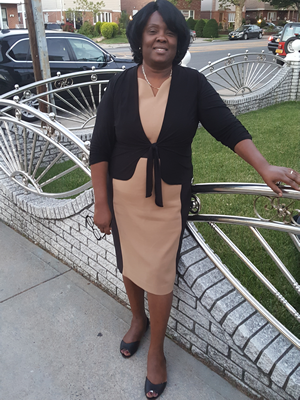
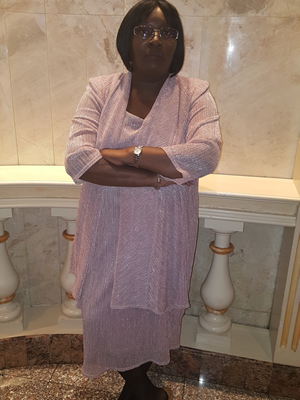

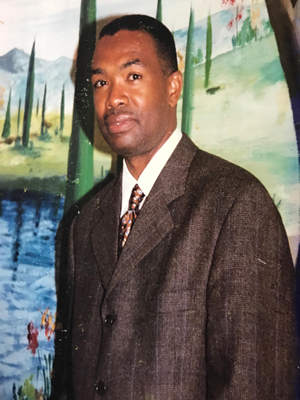
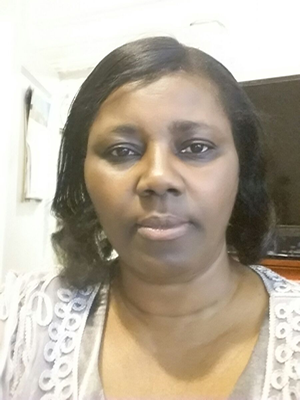
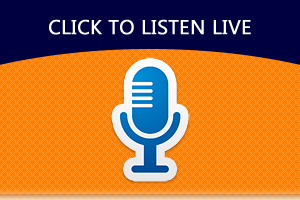






 Hits Today : 297
Hits Today : 297 Total Hits : 746237
Total Hits : 746237 Who's Online : 1
Who's Online : 1